Home>Furniture & Design>Interior Design Trends>How Big Is A Glass Of Wine


Interior Design Trends
How Big Is A Glass Of Wine
Modified: October 18, 2024
Discover the latest interior design trends and learn how to incorporate them into your space. Explore the impact of a glass of wine on your home decor.
(Many of the links in this article redirect to a specific reviewed product. Your purchase of these products through affiliate links helps to generate commission for Storables.com, at no extra cost. Learn more)
Standard Serving Size
When it comes to savoring a glass of wine, understanding the standard serving size is essential. A typical serving of wine is 5 ounces, which equates to approximately 150 milliliters. This standard measure is widely recognized and recommended for responsible consumption. It allows individuals to enjoy the flavors and aromas of the wine while also being mindful of their alcohol intake.
Abiding by the standard serving size not only promotes moderation but also ensures that the sensory experience of enjoying wine is optimized. This quantity is thoughtfully calibrated to balance the pleasure of indulging in a glass of wine with the need to consume alcohol in a controlled manner.
By adhering to the 5-ounce serving size, wine enthusiasts can appreciate the nuances of different varietals without compromising their well-being. This standard measure also facilitates the comparison of various wines, enabling individuals to discern the unique characteristics of each offering.
Understanding and respecting the standard serving size of wine is a fundamental aspect of responsible wine consumption. It allows individuals to relish the delightful attributes of wine while being mindful of their alcohol intake, thereby contributing to a balanced and enjoyable imbibing experience.
Key Takeaways:
- Enjoy wine responsibly by sticking to a 5-ounce serving size, enhancing the sensory experience while being mindful of alcohol intake.
- Select the right glass for your wine to elevate the tasting experience, from aerating reds to preserving the effervescence of sparkling wines.
Read more: How Big Is A Pint Glass
Different Glass Sizes
The presentation of wine is an art form, and the vessel in which it is served plays a pivotal role in enhancing the overall experience. Wine glasses come in various shapes and sizes, each designed to accentuate the unique characteristics of different varietals. Understanding the different glass sizes and their respective functions can significantly elevate the enjoyment of wine.
Red Wine Glasses
Red wine glasses are typically larger and wider than their white wine counterparts. This design allows the wine to breathe, promoting the release of its intricate aromas. The broader bowl of a red wine glass provides ample space for the wine to aerate, allowing its flavors to unfold gradually. The larger surface area also facilitates the swirling of the wine, enabling it to interact with oxygen and reach its full potential. These glasses are tailored to accommodate the bold and complex flavors of red wines, enhancing their expression on the palate.
White Wine Glasses
In contrast, white wine glasses are characterized by a more U-shaped bowl, which is designed to preserve the delicate aromas and maintain the wine's cooler temperature. The narrower bowl helps concentrate the aromas, allowing the subtle nuances of white wines to be fully appreciated. The design of white wine glasses aims to direct the wine to the tip of the tongue, where the taste buds are more sensitive to sweetness and acidity. This enhances the perception of the wine's crispness and freshness, enriching the overall tasting experience.
Sparkling Wine Glasses
The effervescence and effusive aromas of sparkling wines are best showcased in tall, slender glasses with a narrow bowl. These glasses are designed to minimize the dissipation of bubbles while directing the wine's aroma toward the nose. The elongated shape of sparkling wine glasses ensures that the bubbles are preserved for an extended period, allowing the drinker to savor the wine's lively effervescence. The narrow opening of the glass also helps to concentrate the aromas, heightening the sensory pleasure of enjoying sparkling wines.
Read more: How Big Is A Shot Glass
Universal Wine Glasses
For those seeking versatility, universal wine glasses offer a balanced design that accommodates a wide range of varietals. These glasses feature a bowl shape that strikes a middle ground between red and white wine glasses, allowing them to enhance the aromas and flavors of various wines. While specialized glasses are tailored to specific varietals, universal wine glasses provide a practical and functional option for everyday use, catering to a diverse selection of wines without compromising their individual characteristics.
In essence, the diverse array of wine glass sizes is tailored to optimize the sensory experience of enjoying different types of wine. By selecting the appropriate glass size for a specific varietal, wine enthusiasts can elevate their tasting experience, unlocking the full potential of each wine's unique attributes.
Alcohol Content
The alcohol content of wine is a defining factor that significantly influences its character and impact. It is crucial for wine enthusiasts to be aware of the alcohol content in different varietals, as it directly contributes to the overall tasting experience and the effects of consumption.
The alcohol content of wine is typically expressed as a percentage by volume. This percentage represents the proportion of alcohol present in the wine in relation to the total volume. The alcohol content of wine can vary considerably depending on factors such as grape variety, climate, winemaking techniques, and regional regulations.
In general, most wines fall within the range of 9-16% alcohol by volume. However, certain styles of wine, such as fortified wines like Port or Sherry, can have significantly higher alcohol content, often exceeding 20%. Conversely, some lighter styles of wine, such as German Rieslings or Vinho Verde, may have lower alcohol content, typically ranging from 7-10%.
The alcohol content of wine plays a pivotal role in shaping its sensory attributes. Wines with higher alcohol content tend to exhibit greater body and viscosity, contributing to a richer mouthfeel and more pronounced warmth on the palate. The elevated alcohol levels can also intensify the perception of sweetness and enhance the wine's overall complexity.
Conversely, wines with lower alcohol content often display a lighter body and a more delicate, refreshing character. These wines are prized for their ability to convey nuanced flavors with subtlety, offering a more restrained alcohol presence that allows other elements, such as acidity and fruitiness, to take center stage.
It is important for consumers to be mindful of the alcohol content in the wines they choose to enjoy, as it directly impacts the drinking experience and the potential effects on the body. Understanding the alcohol content of different wines enables individuals to make informed decisions based on their preferences and tolerance levels.
By being cognizant of the alcohol content, wine enthusiasts can select wines that align with their desired sensory experience and consumption goals. Whether seeking a full-bodied, robust wine with higher alcohol content or a lighter, more refreshing option with lower alcohol levels, awareness of alcohol content empowers individuals to curate their wine-drinking experiences in a manner that resonates with their preferences and enhances their overall enjoyment.
Caloric Content
The caloric content of wine is a significant consideration for individuals mindful of their dietary intake and overall wellness. While wine is cherished for its sensory pleasures and cultural significance, understanding its caloric implications is essential for making informed consumption choices.
On average, a 5-ounce serving of wine contains approximately 120-130 calories. However, the exact caloric content can vary depending on factors such as the wine's alcohol content, residual sugar, and winemaking techniques. Wines with higher alcohol levels generally have more calories, as alcohol itself is energy-dense. Additionally, sweeter wines, which contain more residual sugar, tend to have a higher caloric content compared to drier counterparts.
The caloric content of wine primarily stems from its alcohol and sugar content. Alcohol contributes to the majority of the calories in wine, providing approximately 7 calories per gram. This makes it a significant source of energy within the beverage. Meanwhile, residual sugar, if present, adds to the overall caloric load, albeit to a lesser extent compared to alcohol.
It's worth noting that the caloric content of wine is solely derived from its macronutrient composition, as it contains negligible amounts of protein and fat. This distinguishes wine from other beverages or foods that may contribute calories from a broader spectrum of macronutrients.
For individuals mindful of their caloric intake, understanding the caloric content of wine is crucial for maintaining dietary awareness. By being cognizant of the caloric implications, individuals can make informed decisions about their wine consumption, aligning with their dietary goals and overall lifestyle.
In the context of health and wellness, moderation and mindfulness are key principles when it comes to enjoying wine. Being aware of the caloric content allows individuals to incorporate wine into their dietary plans in a balanced and informed manner, ensuring that it complements their overall nutritional objectives.
Ultimately, understanding the caloric content of wine empowers individuals to make conscious choices that harmonize with their dietary preferences and wellness aspirations. By integrating this knowledge into their approach to wine consumption, individuals can savor the sensory delights of wine while maintaining a balanced and mindful relationship with their dietary and caloric considerations.
Health Considerations
When indulging in the pleasures of wine, it's essential to consider the potential health implications associated with its consumption. While wine is celebrated for its cultural significance and sensory allure, understanding its impact on health is paramount for making informed choices and fostering a balanced approach to enjoyment.
Moderation is a fundamental principle when it comes to the health considerations of wine consumption. The concept of moderation extends beyond mere quantity and encompasses the mindful and responsible enjoyment of wine. The recommended guidelines for moderate wine consumption typically advise up to one 5-ounce serving per day for women and up to two servings for men. Adhering to these guidelines helps mitigate the potential health risks associated with excessive alcohol intake while allowing individuals to relish the sensory pleasures of wine in a responsible manner.
The potential health benefits of moderate wine consumption have garnered attention within the realm of scientific research. Studies have suggested that moderate wine consumption, particularly red wine, may be associated with certain health advantages. Red wine, in particular, contains antioxidants such as resveratrol, which has been linked to potential cardiovascular benefits. These antioxidants are believed to play a role in supporting heart health and promoting overall well-being when consumed in moderation as part of a balanced lifestyle.
Conversely, it is crucial to acknowledge the potential risks associated with excessive wine consumption. Overindulgence in alcohol, including wine, can lead to a range of adverse health effects, including an increased risk of liver disease, cardiovascular complications, and other alcohol-related conditions. It is imperative for individuals to be mindful of their alcohol intake and to prioritize responsible consumption to safeguard their health and well-being.
Furthermore, individual factors such as age, existing health conditions, and medication use can influence the impact of wine consumption on health. It is advisable for individuals to consult with healthcare professionals, particularly if they have specific health concerns or are taking medications that may interact with alcohol. Open communication with healthcare providers can provide personalized insights and guidance tailored to individual health circumstances, ensuring that wine consumption aligns with overall health objectives.
In essence, the health considerations of wine consumption underscore the importance of mindfulness, moderation, and informed decision-making. By embracing a balanced and conscientious approach to wine enjoyment, individuals can savor the sensory delights of wine while prioritizing their health and well-being. Understanding the nuanced interplay between wine and health empowers individuals to cultivate a harmonious relationship with wine, one that enriches their lives while upholding their commitment to holistic wellness.
Frequently Asked Questions about How Big Is A Glass Of Wine
Was this page helpful?
At Storables.com, we guarantee accurate and reliable information. Our content, validated by Expert Board Contributors, is crafted following stringent Editorial Policies. We're committed to providing you with well-researched, expert-backed insights for all your informational needs.

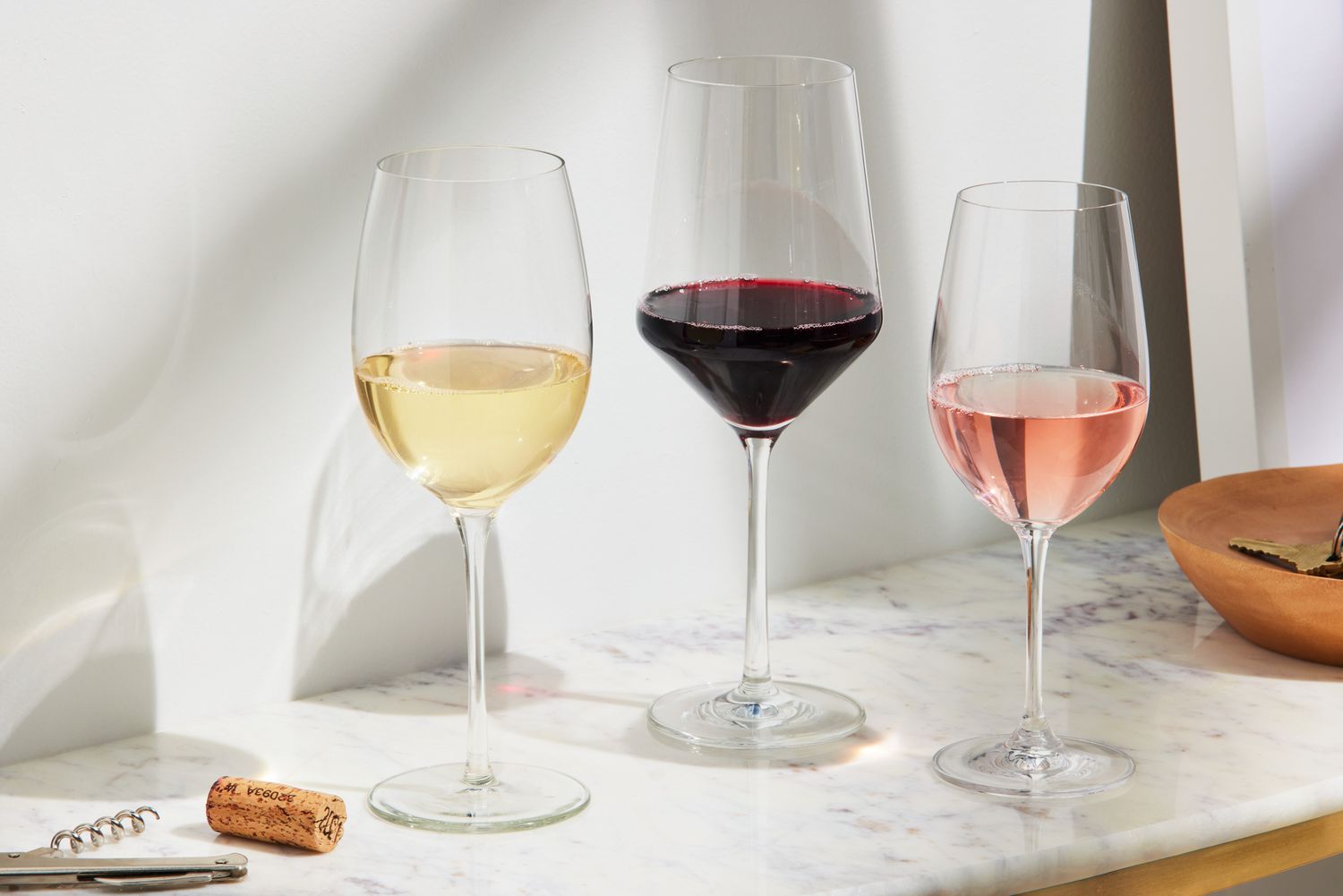



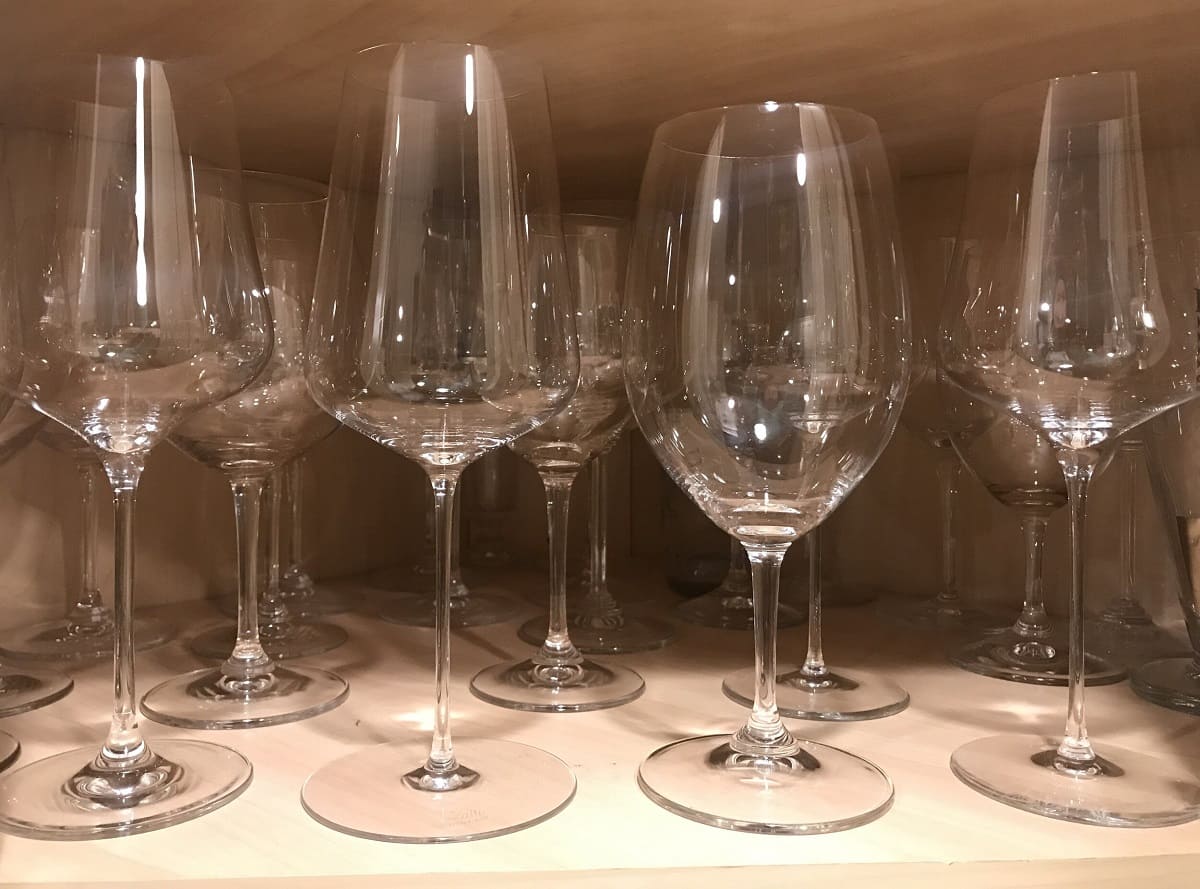
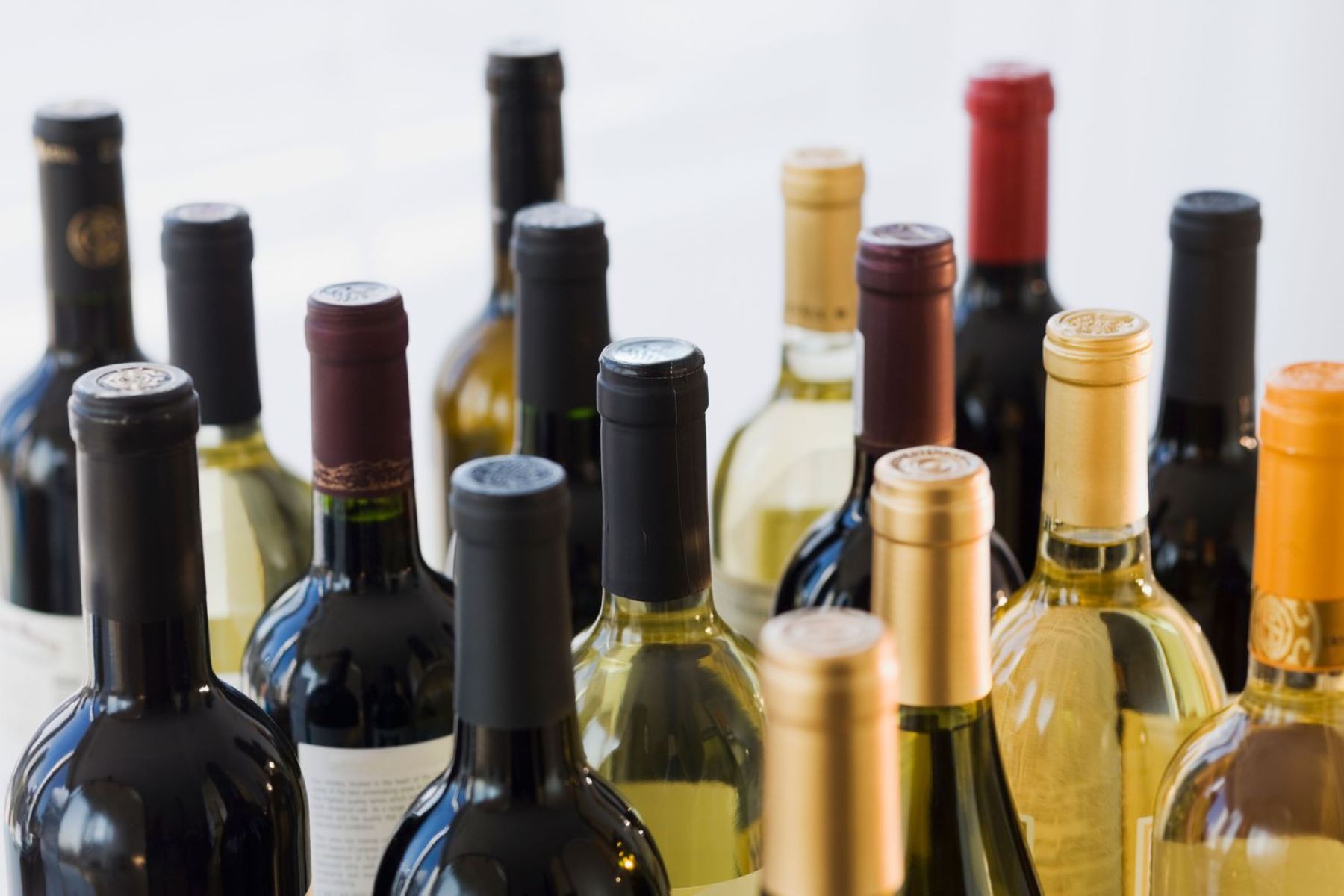
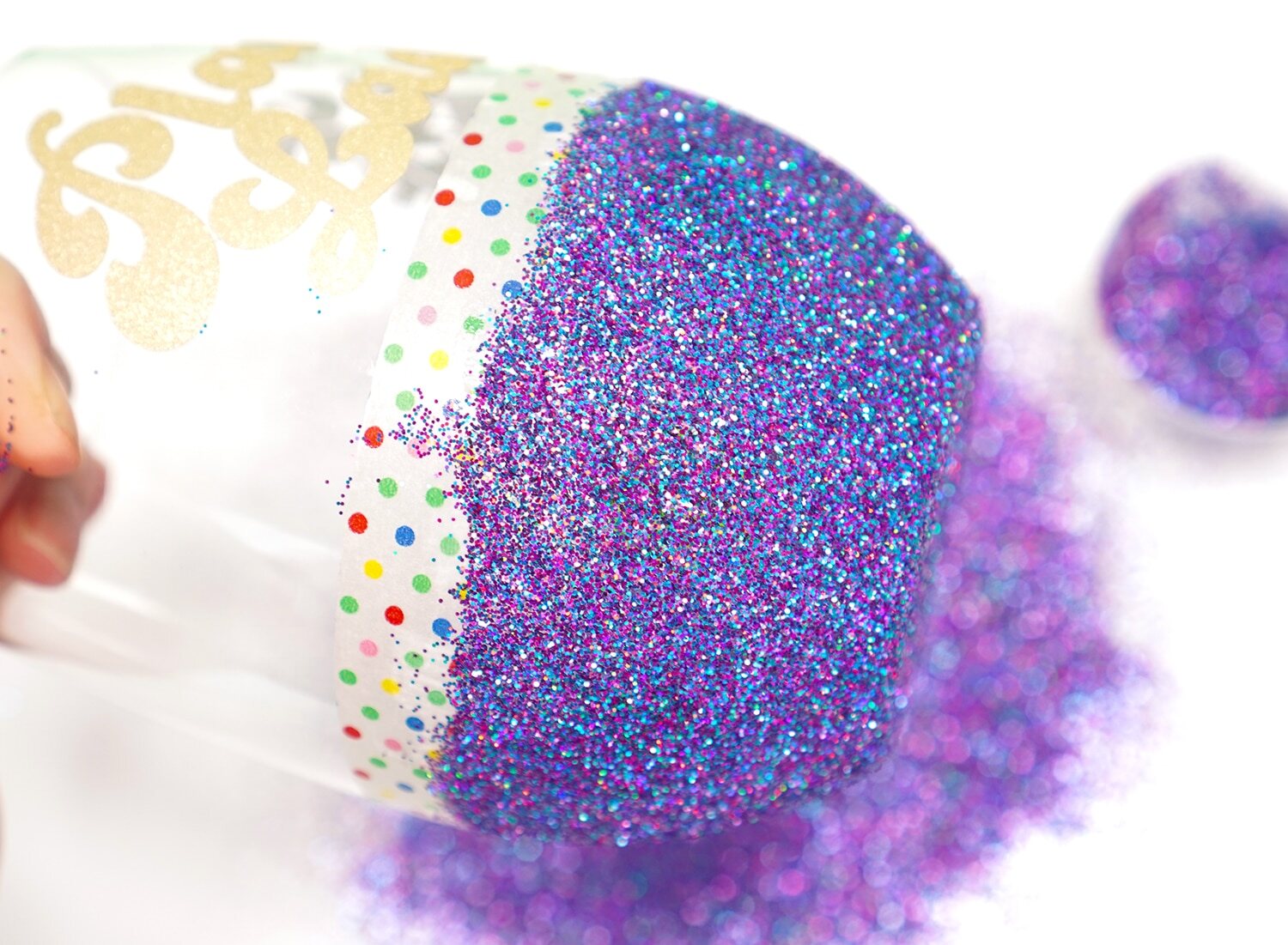
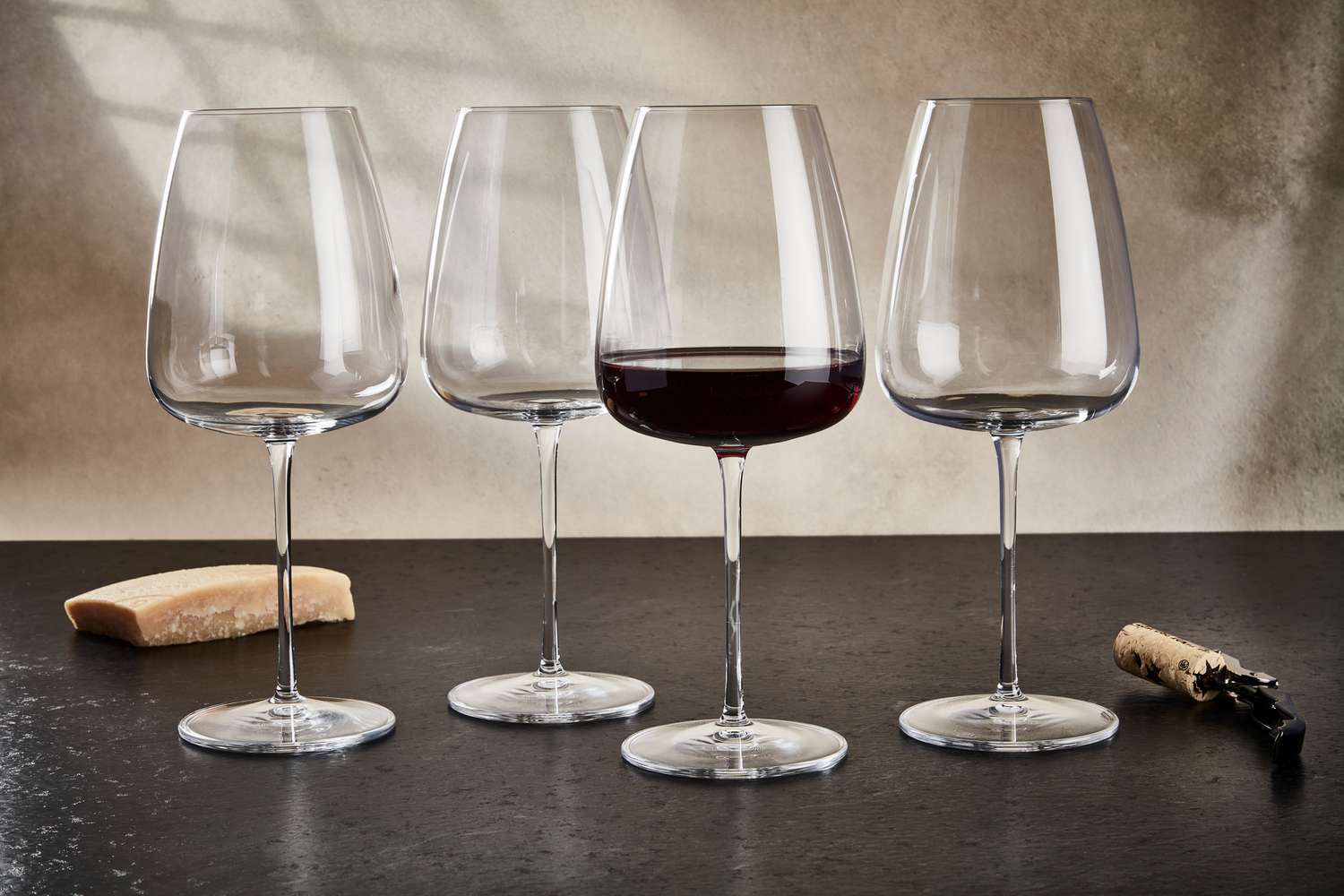

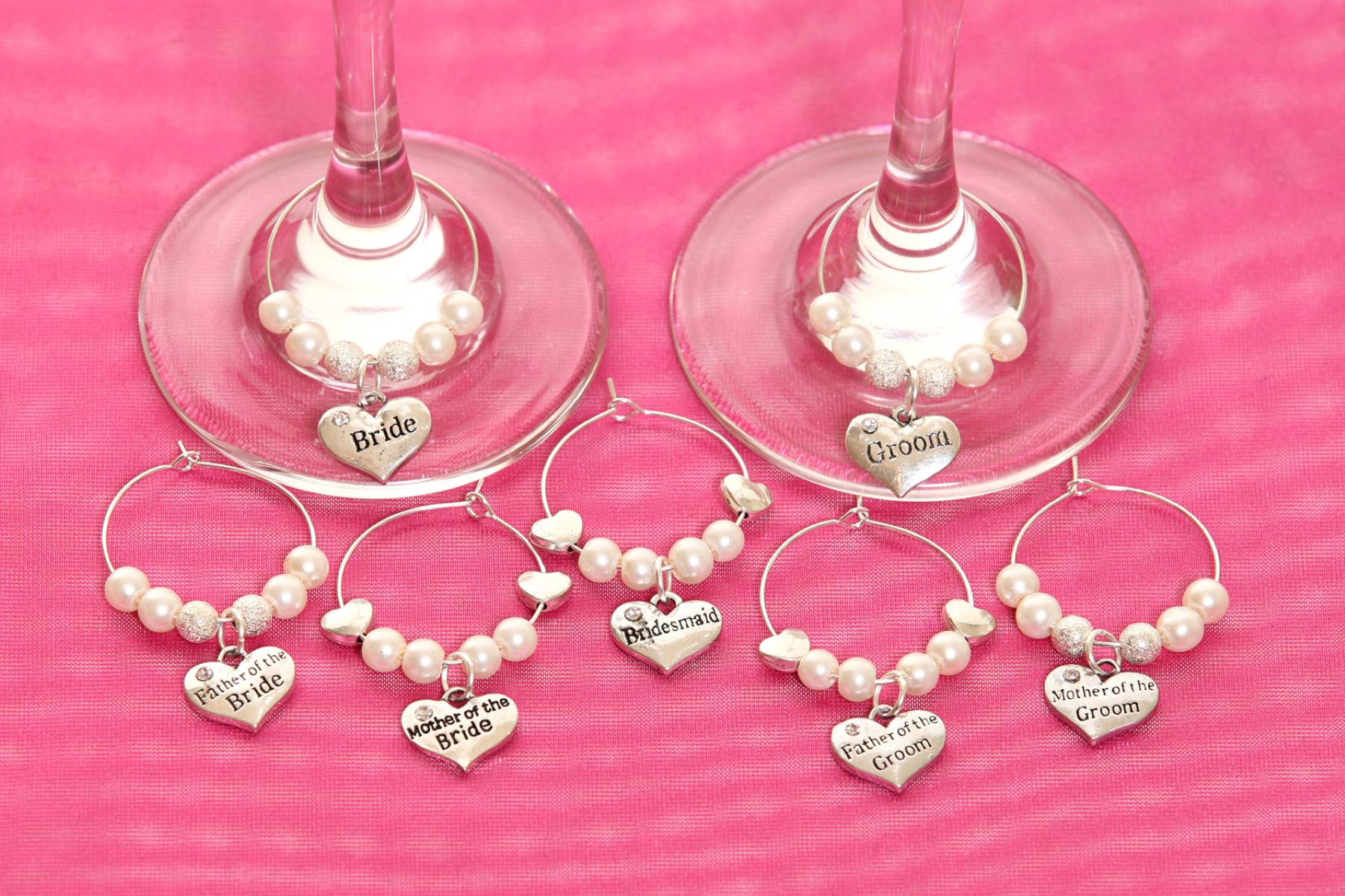
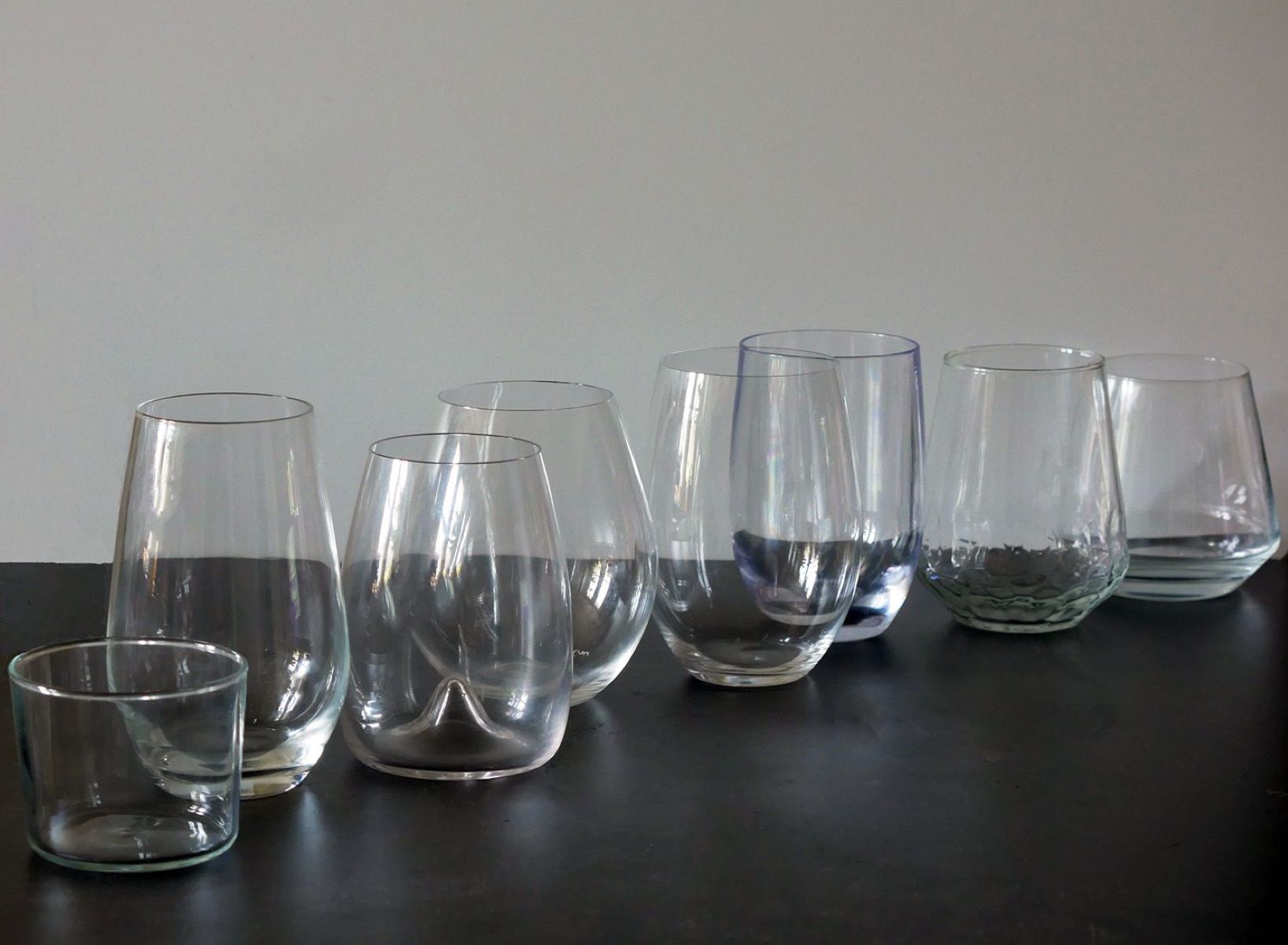
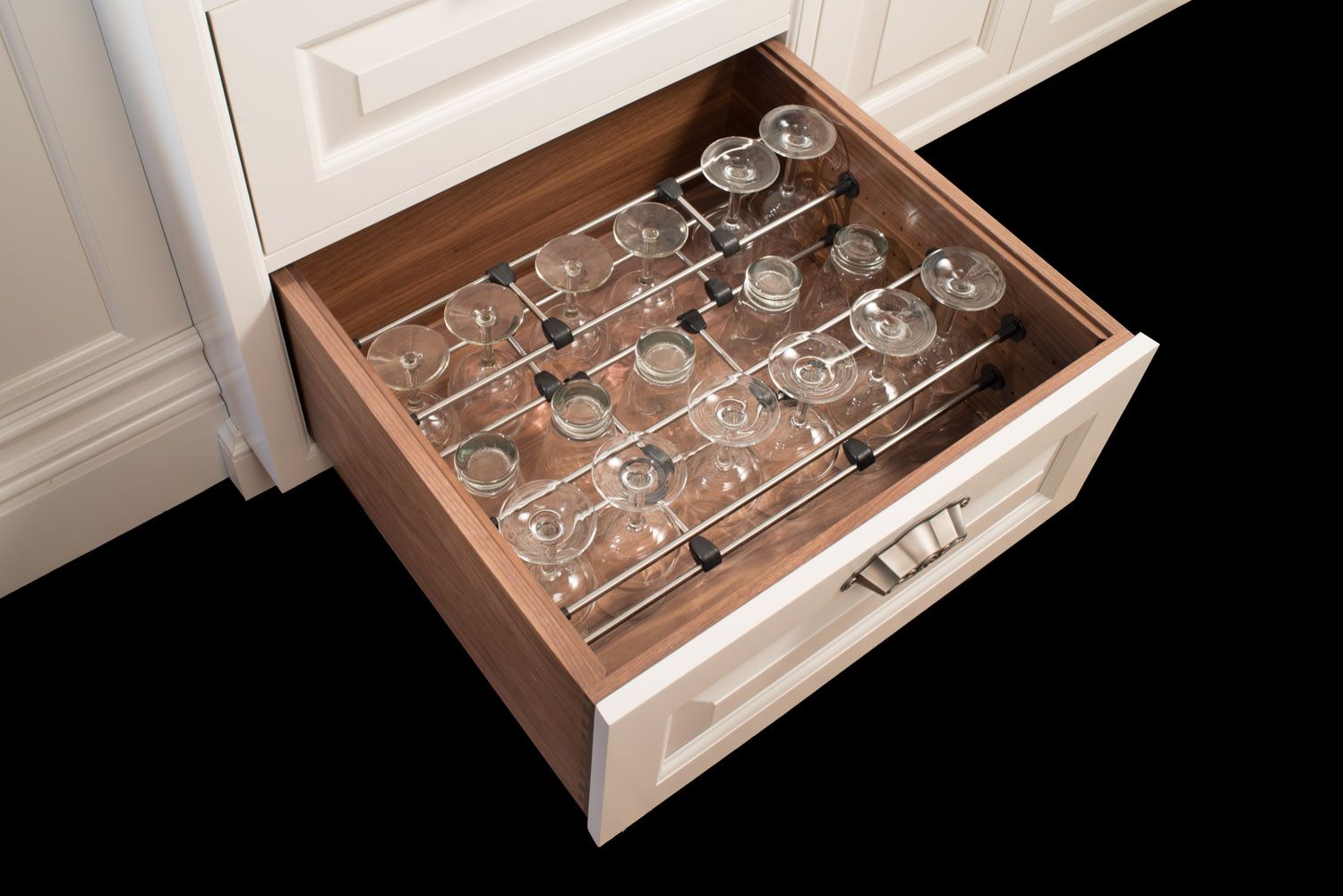
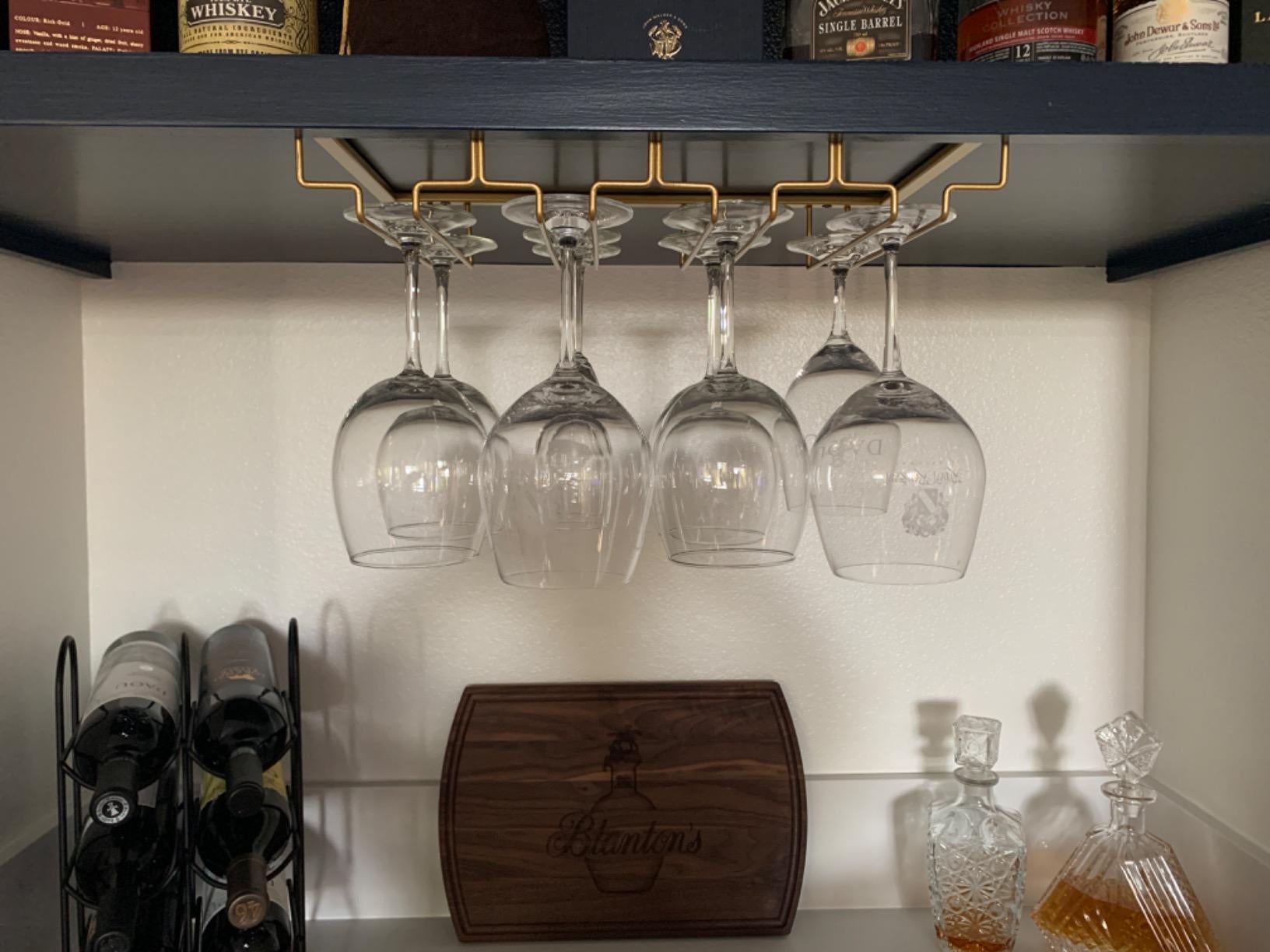

0 thoughts on “How Big Is A Glass Of Wine”